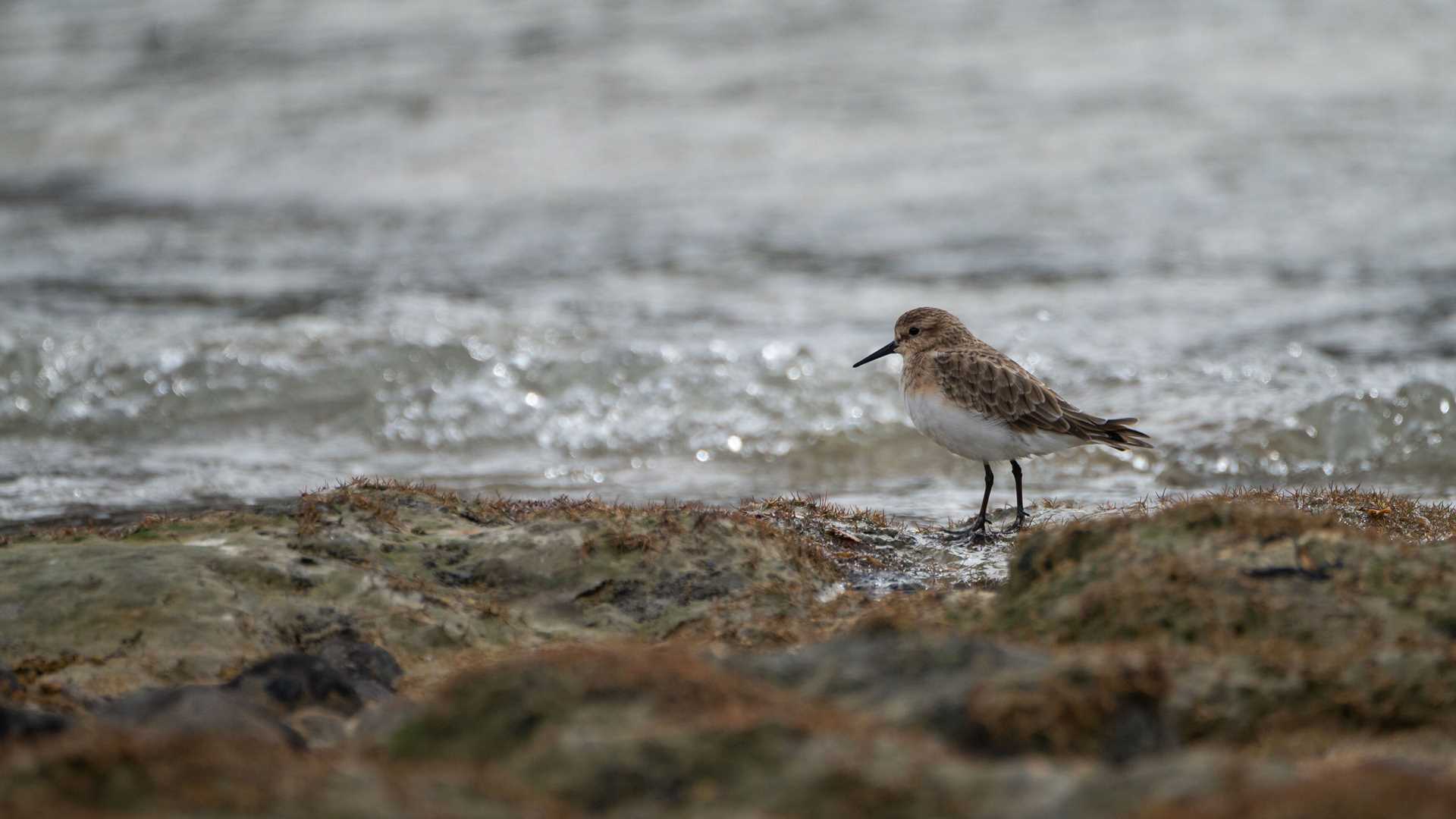Today we woke up to a beautiful moody morning aboard National Geographic Resolution. We spent the morning sailing through the beautiful narrow channels on our way to Karukina Natural Park. We were treated to a beautiful brunch so that we could make the most of our afternoon in this amazing place.
We intended to land in one location, but significant winds changed our minds. We ended up in an unexplored fjord with impressive glaciers as our backdrop, and eventually were able to make a landing for hikes. Some did an exploratory hike through the terrain, while others hiked along the beach. There were amazing birds and shells washed up on the shore; it was truly a magical afternoon. It’s tough to describe how amazing this place is, and this day has shown us how important it is for us to preserve these wild places. This is a day that will not be soon forgotten.







